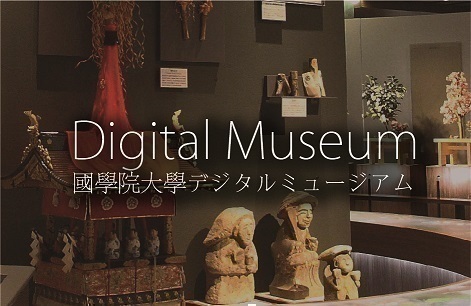- トップ
- Encyclopedia of Shinto
- Uji no kami
Encyclopedia of Shinto
| Main Menu: | |
| Links: |
詳細表示 (Complete Article)
| カテゴリー1: | 3. Institutions and Administrative Practices |
|---|---|
| カテゴリー2: | Officiants |
| Title | Uji no kami |
| Text | The head of a clan (uji); also called uji no sō and uji no osa, or in ancient times, kono kami. The first document mentioning uji no kami is Nihon shoki, in an entry from the second month of 664 (the third year of Emperor Tenji's reign), which records the gift of large swords to the uji no kami of large clans, and small swords to the uji no kami of small clans. This suggests that the central government sought to enlist the aid of clan chieftains in governing the provinces. Under the ritsuryō system (see kodai no seido/Outline of institutions and systems of the medieval and early modern period), uji no kami of the third rank and higher were permitted graves. Formal audiences in the first month of the year were permitted to uji no kami (see the Shoku nihongi entry from the intercalary twelfth month of 697, the first year of Emperor Monmu's reign). Thus there was formal recognition of the position of head of a clan, based on the functions of conducting rites for clan deities (ujigami, as seen in the Ryō no shūge and the Jingiryō), managing the clan's assets, and representing the clan on official business (as seen in an entry for the sixth month of 757 in the Shoku nihongi). Following ritsuryō practice, during the Heian period clan heads of the first grade were appointed uji no chōja. A word that appears first at the end of the eighth century, the office of uji no chōja was characteristic of the life of the nobility during the Heian period. Among the functions of the uji no chōja were performance of rites for clan deities, management of the clan, management of the university lodges (daigaku bettō sō), and the uji no shaku — the annual promotion of one person from among the clans (the Ō, Minamoto, Fujiwara,Tachibana, and others) from the sixth to the fifth rank. It is thought that originally every clan had an uji no chōja, tracing their genealogy back to the ritsuryō system, but their existence can be documented only for the Ō, Minamoto, Fujiwara, Tachibana, Tomo, Takashina, Nakatomi, Inbe, Urabe, Ochi, Sugawara, and Wake clans. By the Muromachi period the term uji no chōja is almost never seen, being applied only to Fujiwara clan members associated with special administrative duties vis-à-vis the imperial court. Other examples include the Koga clan of the Murakami Genji, who served simultaneously as shōgun in the time of Ashikaga Yoshimichi, a precedent followed also in the Tokugawa clan. The Heian period uji no chōja of the Tachibana and Ō clans were called zejō. The character for ze was used in China as an equivalent of uji, and while it is held that it means the regulations of a clan, or one who recommends someone for an official post, the matter remains unclear. — Nishimuta Takao |




